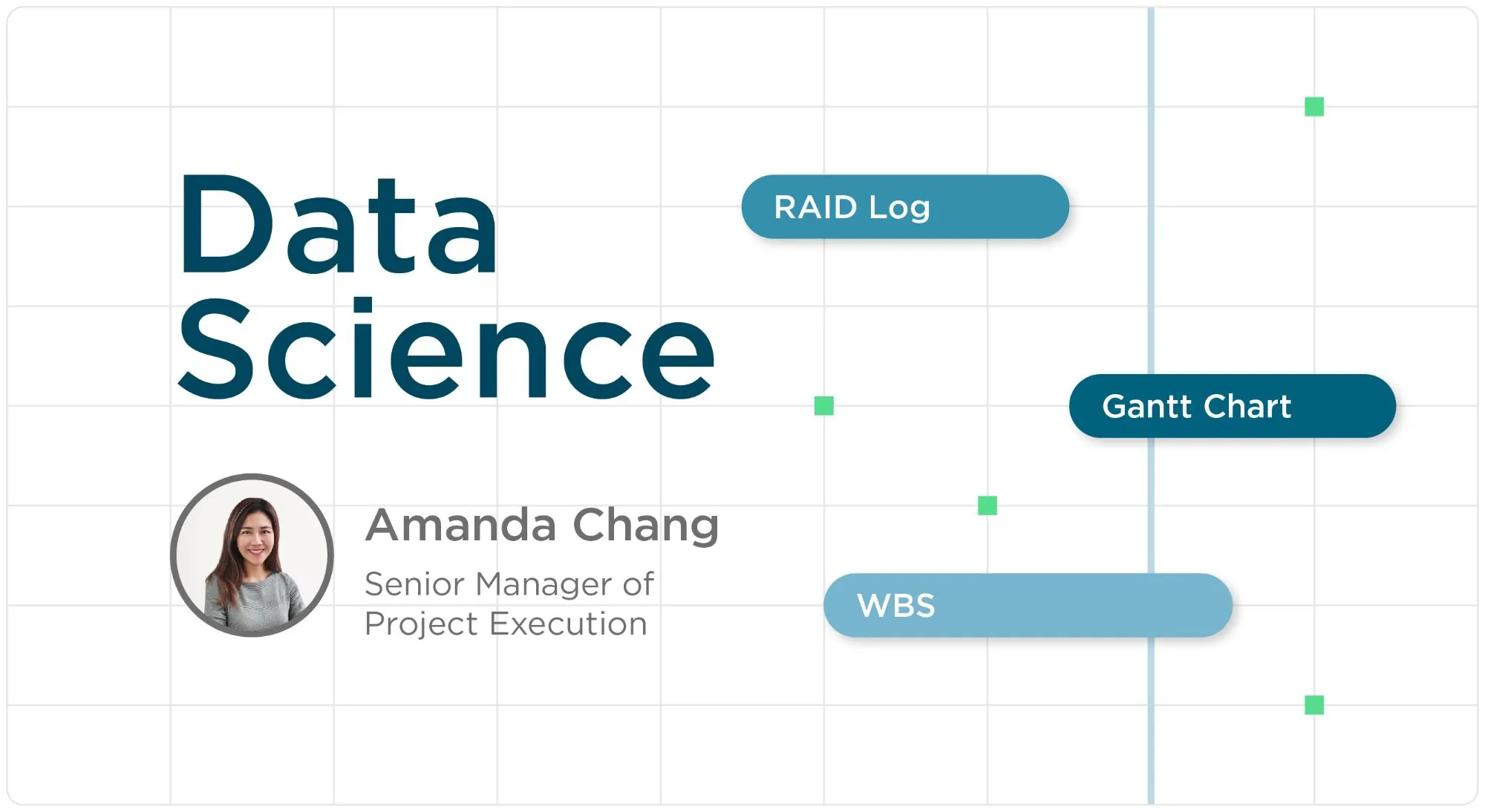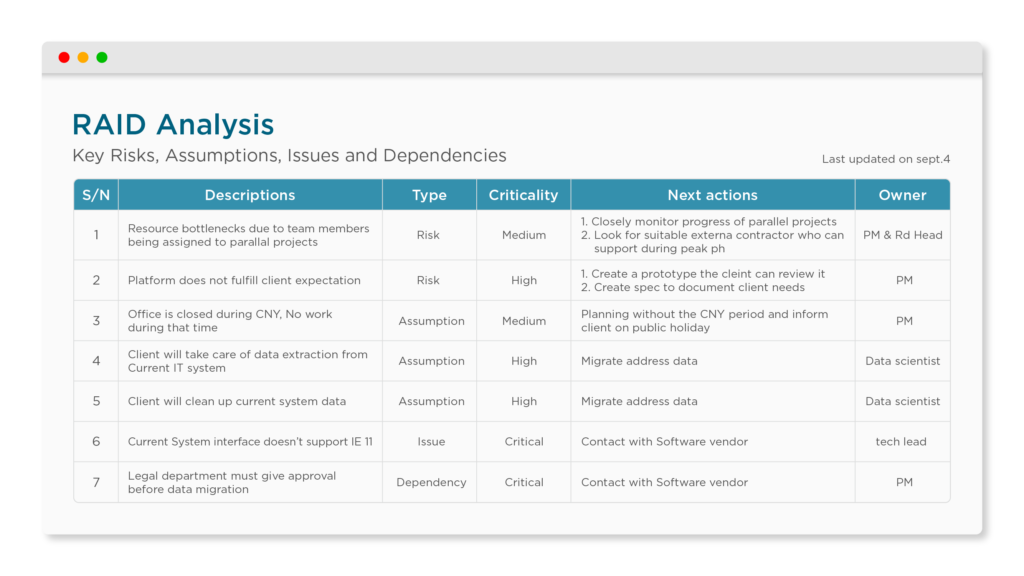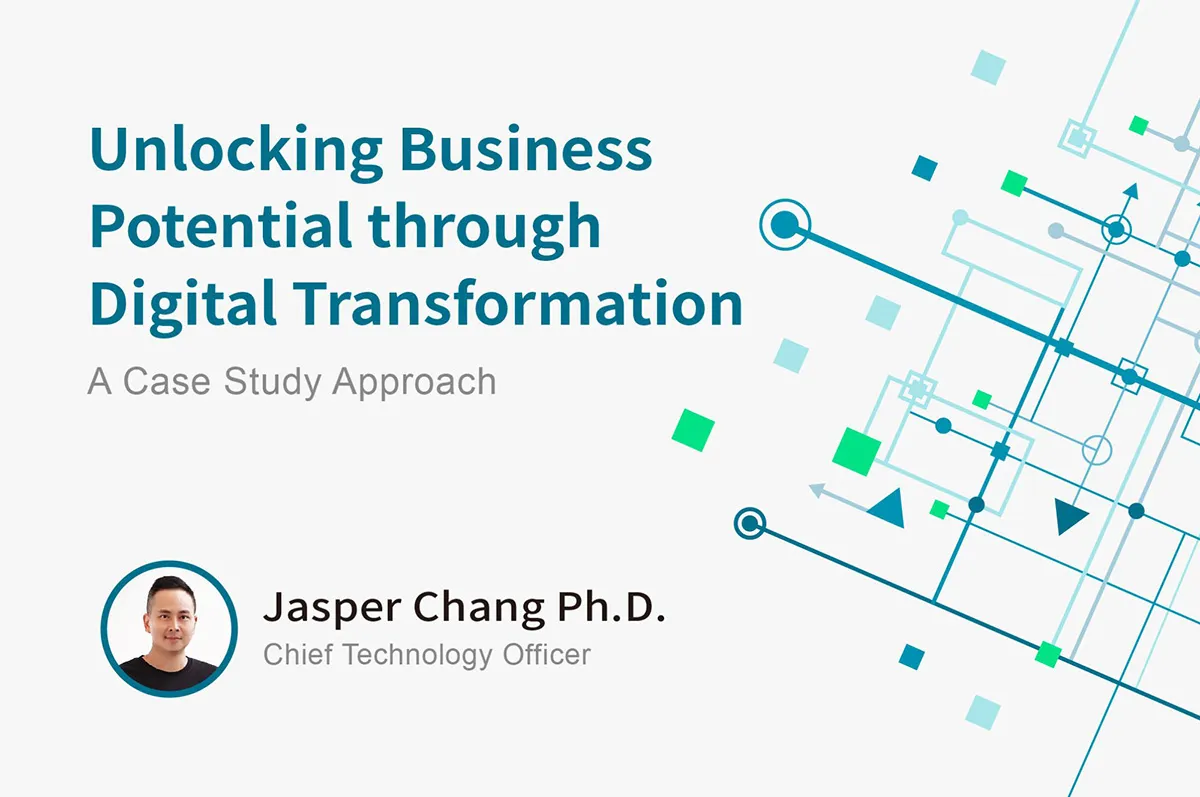
3 Tools to Effectively Initiate a Data Science Project
How to Manage a Data Science Project for Successful Delivery?
This knowledge is brought to you by Amanda Chang, Senior Manager of Project Execution at Cloud Interactive. She’s been handling data science projects for years, performing and completing them on time, under budget, to clients’ satisfaction.
In this article, she’ll share tips on how best to run the delivery management process for data science projects.
How Will Data Science Impact the Future of Business?
Today, data is a critical factor influencing organizational decision-making. Within the data science landscape, artificial intelligence, machine learning, and big data promise to leverage a wealth of digital insights to drive efficiency and productivity.
Data science projects are a new beast. Very few companies understand the differences between data science projects and other kinds of projects. Having been a project manager for several multi-million-dollar data science projects, I understand that project management is not just scheduling a timeline and ticking items on a checklist. There always seems to be some unforeseen situation that knocks the project off course.
If you want to run a successful data science project, I suggest implementing these tips before kicking off your project.
3 Tools to Effectively Initiate a Data Science Project
1. RAID Log — Consider the problems in a structured way.
If you were navigating a ship, you’d want to know where the cliffs and stormy areas are. A RAID Log is like a map of danger zones for your data science project.
The goal of RAID is to identify key Risks, Assumptions, Issues, and Dependencies, so you’re prepared when unexpected issues arise. RAID is a crucial project planning and risk management tool that encourages forward-thinking and team-work, focuses management attention, and generates successful project outcomes.
Here’s the framework:

Risks: Events that may happen that could be detrimental to your work
Assumptions: Details you’re relying on for project success but haven’t verified.
Issues: Existing obstacles that will result in a delayed or failed delivery.
Dependencies: Elements outside of your control but required for success.
When running a data science project, risks can be avoided or calibrated if you’ve identified them in advance through a RAID Log. Whenever issues arise, you’ll make assumptions as you formulate your approach. And as you list out the steps you’ll need to follow, dependencies can help you plan the project task sequence.
2. WBS — Understand what you need to do.
Breaking down tasks for big data projects is difficult. So is estimating the resources that will be required. A WBS helps in selecting technology and tools, defining project scope, and estimating necessary effort.
WBS stands for Work Breakdown Structure. It can be a simple layered functional list made in Excel, a hierarchical diagram, or an Xmind mind map. Each descending level in the WBS represents an increasingly detailed description of the project deliverables. A WBS helps project managers break down the scope into smaller tasks and provide in-depth detail when assigning people to tasks.
3. Gantt Chart — Plan the order and duration of each task.
In traditional IT, project results and workflows are well defined. In contrast, data science’s iterative nature makes it unpredictable.
Combining the dependencies in the RAID Log and the WBS tasks, a Gantt Chart helps plan the timing and sequence of your tasks. It can be fairly detailed — mapping out each individual task on the WBS — or it can be a high-level overview that maps only top-level processes. In the latter case, it’s often referred to as a roadmap and is one of the best ways to communicate with stakeholders and upper management. A Gantt Chart roadmap also enables you to keep stakeholders engaged throughout the process with timely updates.
Contact us now for more tips on executing projects more effectively and efficiently.
By Cloud Interactive
Meet the masterminds behind the curtain at Cloud Interactive. We're not just software developers - we're also a content crew fuelled by caffeine and a thirst for knowledge. We translate tech jargon into plain English, dissect industry trends, and craft helpful tips that are informative and engaging. So, buckle up and join us on a journey through the ever-evolving and exciting world of technology!


